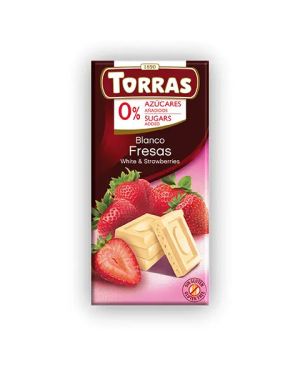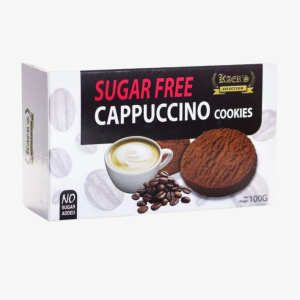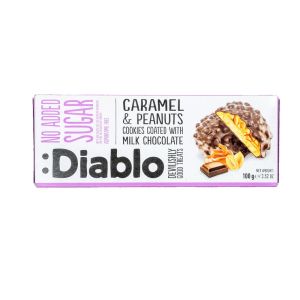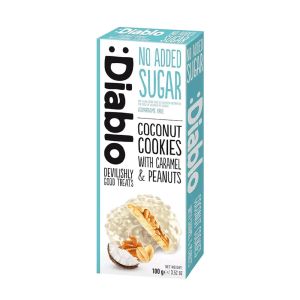In a world where sugary treats are everywhere—from your morning cereal to that “healthy” snack bar—more people are waking up to the idea that going sugar-free isn’t just a fad, it’s a long-term investment in health. Whether you’re trying to manage your weight, improve energy levels, or reduce the risk of chronic illnesses, adopting a sugar-free lifestyle can make a world of difference.
What Does “Sugar-Free” Really Mean?
Going sugar-free doesn’t mean you’ll never taste sweetness again. It simply means avoiding refined and added sugars that are linked to health issues like obesity, diabetes, heart disease, and inflammation. Instead, it encourages the use of natural alternatives such as stevia, erythritol, monk fruit, or simply enjoying the natural sweetness found in whole foods like fruits.
Health Benefits of a Sugar-Free Lifestyle
1. Better Blood Sugar Control
Reducing sugar helps stabilize your blood glucose levels, making it especially beneficial for people with diabetes or insulin resistance. Even those without diagnosed conditions will notice fewer energy crashes throughout the day.
2. Weight Management Made Easier
Added sugars often lead to overeating because they provide little to no satiety. Sugar-free alternatives or natural whole food choices are more satisfying and help curb cravings, making it easier to maintain or lose weight.
3. Improved Heart Health
Studies show that high sugar consumption is associated with increased risk of heart disease. Cutting out sugar can help reduce blood pressure, lower cholesterol, and support overall cardiovascular health.
4. Clearer Skin
Sugar is known to spike insulin levels and increase oil production, both of which can worsen acne. Going sugar-free often results in clearer, healthier skin over time.
5. Enhanced Mental Clarity
Many people report better focus, less brain fog, and improved mood after reducing sugar. That sugar crash after a sweet snack? Gone.
What to Eat on a Sugar-Free Diet
Natural sweeteners: Stevia, monk fruit, erythritol
Whole fruits: Apples, berries, bananas (in moderation)
Vegetables: Leafy greens, carrots, cucumbers, bell peppers
Healthy fats: Avocados, nuts, seeds, olive oil
Lean proteins: Eggs, fish, chicken, tofu
Whole grains: Quinoa, brown rice, oats
Tips to Go Sugar-Free Successfully
Read labels: Sugar hides under names like corn syrup, maltodextrin, dextrose, and more.
Plan meals ahead: Prevent impulsive eating by planning healthy, satisfying meals and snacks.
Stay hydrated: Sometimes what feels like a sugar craving is actually dehydration.
Choose smart substitutes: Use sugar-free versions of your favorite treats to ease the transition.
Final Thoughts
Going sugar-free doesn’t have to mean sacrificing flavor or joy in your meals. It’s about making smarter choices that support your body and mind in the long run. Whether you’re starting small or going all in, every step toward reducing added sugar counts. Your body will thank you for it!
















































